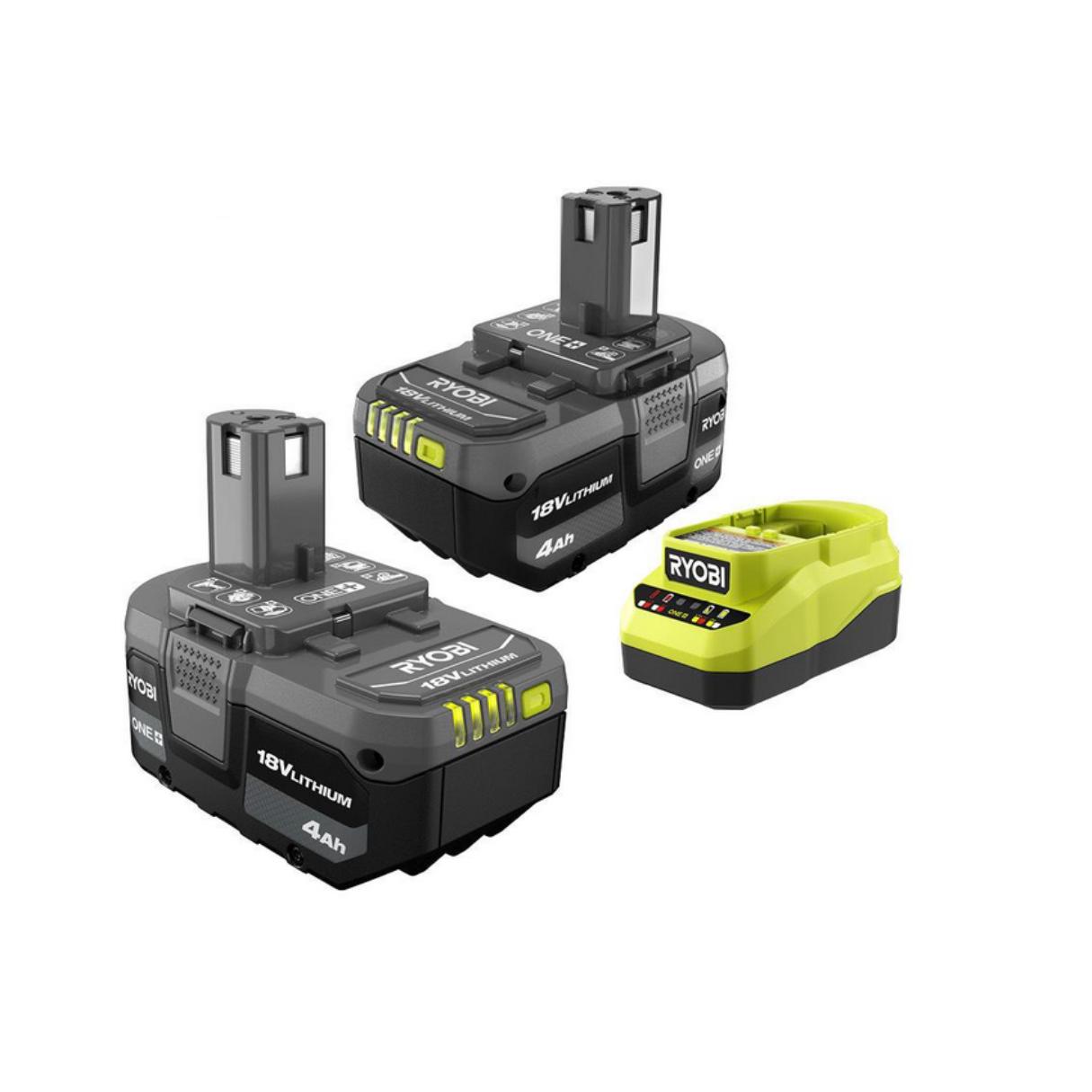

Articles
How To Store Ryobi Batteries
Modified: January 8, 2024
Learn how to properly store Ryobi batteries in this informative article. Find out the best practices to extend battery life and prevent damage.
(Many of the links in this article redirect to a specific reviewed product. Your purchase of these products through affiliate links helps to generate commission for Storables.com, at no extra cost. Learn more)
Introduction
Welcome to our comprehensive guide on how to store Ryobi batteries effectively. Whether you are a DIY enthusiast or a professional contractor, properly storing your Ryobi batteries is crucial for their longevity and performance. By following the techniques and tips outlined in this article, you can ensure that your batteries remain in optimal condition, ready for use whenever you need them.
Ryobi batteries are known for their reliability and durability, but like any other battery, they require proper care to maximize their lifespan. Incorrect storage practices can lead to decreased battery performance, reduced capacity, and even irreversible damage. Therefore, it is essential to understand how to store Ryobi batteries correctly to avoid potential issues and ensure that they remain in top-notch condition for years to come.
In the following sections, we will discuss the various aspects of storing Ryobi batteries, including choosing the right location, preparing the batteries for storage, maintaining an ideal storage environment, and checking the battery’s charge. By following these guidelines, you can prolong the life of your Ryobi batteries and save money in the long run.
So, let’s dive into the details and learn how to store Ryobi batteries effectively!
Key Takeaways:
- Properly storing Ryobi batteries is crucial for maintaining performance and longevity. Follow best practices such as cleaning, partial charging, and choosing the right storage location to ensure optimal battery health.
- Regularly checking and maintaining the charge of Ryobi batteries, along with proper ventilation and avoiding extreme temperatures, are key to preserving their performance and maximizing their lifespan.
Read more: How To Recycle Ryobi Batteries
Understanding Ryobi Batteries
Before we delve into the specifics of storing Ryobi batteries, it is essential to have a basic understanding of how these batteries work. Ryobi batteries are rechargeable lithium-ion batteries designed to power a range of Ryobi cordless tools, such as drills, saws, and trimmers.
Lithium-ion batteries are widely used due to their high energy density, lightweight design, and ability to hold a charge for extended periods. Ryobi batteries, in particular, are known for their exceptional performance and compatibility with a wide range of Ryobi power tools.
One key aspect to note about Ryobi batteries is their voltage and amp-hour (Ah) rating. The voltage rating determines the power output of the battery, with common Ryobi batteries typically having a voltage rating of 18 or 40 volts. The amp-hour rating indicates the battery’s capacity, or how long it can provide continuous power before needing to be recharged.
Ryobi offers various types of batteries, including standard lithium-ion batteries, high-capacity lithium-ion batteries, and compact lithium-ion batteries. The choice of battery type depends on the specific demands of your tools and the desired runtime.
Now that we have a basic understanding of Ryobi batteries, let’s move on to the key steps involved in storing these batteries properly.
Proper Storage Techniques for Ryobi Batteries
Storing Ryobi batteries correctly is essential to maintain their performance and extend their lifespan. Improper storage practices can lead to reduced battery capacity, diminished performance, and even permanent damage. Here are some key techniques to follow when storing your Ryobi batteries:
- Remove the battery from the tool: Before storing your Ryobi battery, ensure that it is removed from the power tool. This prevents any potential drain on the battery and helps maintain its charge.
- Clean the battery: Before storing, gently wipe the battery with a clean cloth to remove any dirt or debris. This will help to prevent any contamination or corrosion that could affect battery performance.
- Charge the battery: It is recommended to store your Ryobi battery with a partial charge, ideally between 30% to 50%. This level of charge ensures that the battery remains stable during storage without the risk of over-discharge or overcharging.
- Use original battery packaging: If you still have the original packaging, it is best to store your Ryobi batteries in their designated cases or packaging. These cases provide additional protection from physical damage and help to maintain a stable storage environment.
- Avoid extreme temperatures: Ryobi batteries should be stored in a cool, dry place away from direct sunlight and extreme temperatures. High temperatures can accelerate battery degradation, while low temperatures can affect the battery’s ability to hold a charge.
- Avoid moisture and humidity: Moisture and humidity can cause corrosion and damage to the battery. Store your batteries in a location where they are protected from moisture and humidity.
- Avoid storing near flammable materials: Keep your Ryobi batteries away from flammable materials to reduce the risk of fire or explosions.
By following these storage techniques, you can ensure that your Ryobi batteries remain in optimal condition, ready for use whenever you need them. In the next section, we will discuss the importance of choosing the right location to store your Ryobi batteries.
Choosing the Right Location to Store Ryobi Batteries
When it comes to storing your Ryobi batteries, selecting the appropriate location is crucial for their longevity and performance. Here are some key factors to consider when choosing the right storage location:
- Cool and dry environment: Ryobi batteries should be stored in a cool and dry place. High temperatures can degrade the battery’s performance and shorten its lifespan, while excessive moisture can lead to corrosion and damage. Look for a storage location that maintains a consistent temperature and humidity level.
- Avoid direct sunlight: Exposure to direct sunlight can cause the battery to overheat, which can lead to permanent damage. Store your Ryobi batteries in a spot where they are shielded from direct sunlight.
- Avoid extreme temperature fluctuations: Rapid temperature changes can be detrimental to battery health. Avoid storing your batteries in places where the temperature fluctuates drastically, such as attics or garages without temperature control.
- Well-ventilated area: Proper ventilation is important for maintaining a stable storage environment. Avoid enclosed spaces or airtight containers that could trap heat and humidity, which can negatively impact battery performance.
- Separate from flammable materials: To ensure safety, store your Ryobi batteries away from flammable materials such as gasoline, solvents, or other potentially hazardous substances. This reduces the risk of fire or explosions.
- Consider a dedicated storage area: If you have a large number of Ryobi batteries or frequently use them, it may be beneficial to designate a specific area for battery storage. This can help keep track of the batteries and maintain an organized storage system.
By choosing the right location to store your Ryobi batteries, you can minimize the risk of damage and ensure optimal performance when you need to use them. In the next section, we will discuss the importance of cleaning and preparing Ryobi batteries before storage.
Cleaning and Preparing Ryobi Batteries for Storage
Before storing your Ryobi batteries, it is important to clean and prepare them properly. Proper cleaning and preparation ensure that the batteries are in the best condition for storage and minimize the risk of corrosion or damage. Here are some steps to follow:
- Inspect the battery: Before cleaning, examine the battery for any visible signs of damage or wear. If you notice any cracks, leaks, or other abnormalities, it is recommended to replace the battery rather than storing it.
- Wipe the battery: Use a clean, dry cloth to gently wipe the exterior of the battery. This will remove any dust, dirt, or residue that may have accumulated during use. Avoid using any harsh chemicals or abrasive materials, as they can damage the battery’s casing.
- Clean the battery contacts: The battery contacts, located on both the battery and the tool, can accumulate dirt and debris over time. Use a cotton swab or a soft, dry brush to gently clean the contacts and ensure good electrical connections. This will help maintain optimal performance.
- Check for corrosion: Inspect the battery contacts for any signs of corrosion, which typically appears as a white or greenish residue. If you notice corrosion, clean the affected areas using a mixture of water and baking soda applied to a cotton swab or brush. Be gentle when cleaning to avoid damaging the contacts.
- Allow the battery to dry: After cleaning, allow the battery to air dry completely before storing it. This helps prevent moisture from being trapped inside the battery, which can lead to corrosion.
- Ensure battery charge level: Before storing, check that the battery has a partial charge, ideally between 30% to 50%. If the battery charge is too low, it may become unstable during storage, while a full charge can lead to over-discharge over time.
By following these cleaning and preparation steps, you can ensure that your Ryobi batteries are in optimal condition for storage. In the next section, we will discuss the importance of storing Ryobi batteries in a dry and temperature-controlled environment.
Read more: Who Sells Ryobi Batteries
Storing Ryobi Batteries in a Dry and Temperature-controlled Environment
Proper storage of Ryobi batteries involves creating an environment that is dry and temperature-controlled. Storing your batteries in these conditions helps to maintain their performance and extend their lifespan. Here’s why it is important and how you can achieve it:
Dry environment: Moisture can lead to corrosion and damage the internal components of the battery. To prevent this, store your Ryobi batteries in a dry environment, away from areas with high humidity or potential water exposure. Avoid storing them in basements or areas prone to leaks.
Temperature-controlled environment: Extreme temperatures can negatively affect battery performance and lifespan. It is important to store your Ryobi batteries in an environment where the temperature remains relatively stable. Ideally, the storage temperature should be between 50°F and 77°F (10°C to 25°C).
To create a suitable storage environment, consider the following tips:
- Indoor storage: Store your Ryobi batteries indoors rather than in an outdoor shed or garage. Indoor spaces generally have better temperature regulation and protection from extreme weather conditions.
- Use climate-controlled storage: If available, consider using a climate-controlled storage area, such as a temperature-regulated room or cabinet. This ensures that the temperature remains within the optimal range throughout the year.
- Avoid direct heat sources: Keep your batteries away from direct heat sources such as radiators, heaters, or vents. Excessive heat can accelerate the cell degradation process and reduce battery performance.
- Prevent exposure to cold temperatures: If storing batteries in cold environments, such as unheated garages, consider using insulation or placing them in a sealed container to protect them from extreme cold.
- Monitor temperature changes: Regularly check the storage area to ensure that there are no drastic temperature fluctuations. If necessary, make adjustments to maintain a stable environment.
By storing your Ryobi batteries in a dry and temperature-controlled environment, you can mitigate the risk of performance deterioration and damage caused by moisture and extreme temperatures. In the next section, we’ll discuss the importance of avoiding extreme temperatures and humidity.
When storing Ryobi batteries, it’s important to keep them in a cool, dry place away from direct sunlight and extreme temperatures. It’s also a good idea to store them at around 50% charge to prolong their lifespan.
Avoiding Extreme Temperatures and Humidity
One of the most crucial factors in storing Ryobi batteries effectively is avoiding exposure to extreme temperatures and humidity. Extreme conditions can have a detrimental effect on battery performance, capacity, and overall lifespan. Here’s why it’s important to avoid these conditions and how you can protect your batteries:
Extreme temperatures:
High temperatures can accelerate the chemical reactions inside the battery, leading to increased self-discharge and a shorter overall lifespan. On the other hand, extremely low temperatures can reduce the battery’s ability to provide power effectively.
To avoid the negative effects of extreme temperatures:
- Avoid leaving batteries in hot vehicles: Cars can reach high temperatures, especially during the summer months. Never leave your Ryobi batteries inside a hot vehicle, as this can cause significant damage to the battery cells.
- Store batteries in a temperature-controlled area: Find a storage location that maintains a moderate temperature. Avoid areas that are exposed to direct sunlight, such as windows or rooms without proper insulation.
- Protect batteries from freezing: Extremely cold temperatures can adversely affect battery performance. If you live in a region with freezing temperatures, avoid storing your batteries in unheated spaces like sheds or garages. Insulate the batteries or place them in a sealed container to protect them from the cold.
Humidity:
High humidity can lead to the accumulation of moisture, which can cause corrosion and damage to the battery contacts and internal components. This can result in poor performance and reduced battery life.
To prevent humidity-related issues:
- Store batteries in a dry environment: Choose a storage location that is well-ventilated and away from areas prone to high humidity, such as basements or bathrooms.
- Use desiccants: Consider placing moisture-absorbing desiccant packs or silica gel packets near your battery storage area to help reduce humidity levels.
- Avoid sudden temperature and humidity changes: Rapid temperature and humidity fluctuations can lead to condensation. If you need to move batteries from one environment to another, allow them to acclimate gradually to the new conditions.
By taking precautions to avoid extreme temperatures and humidity, you can help preserve the performance and longevity of your Ryobi batteries. In the next section, we will discuss the importance of ensuring proper ventilation for stored Ryobi batteries.
Ensuring Proper Ventilation for Stored Ryobi Batteries
Proper ventilation is an important aspect of storing Ryobi batteries. Adequate airflow helps maintain a stable environment, prevents the buildup of heat, and reduces the risk of moisture accumulation. Here’s why it’s important and how you can ensure proper ventilation for your stored batteries:
Mitigating heat buildup:
During charging and discharging, batteries generate heat. If this heat is not dissipated properly, it can lead to increased internal temperatures, which can affect battery performance and lifespan. Proper ventilation helps dissipate heat and keeps the batteries within their optimal operating temperature range.
Preventing moisture accumulation:
In a poorly ventilated environment, moisture can accumulate, leading to increased humidity levels. High humidity can cause corrosion and damage to the battery contacts and internal components. By ensuring proper ventilation, you minimize the risk of moisture buildup and the subsequent negative effects on battery performance.
To ensure proper ventilation for your stored Ryobi batteries, follow these guidelines:
- Avoid airtight containers: Store your batteries in open or breathable containers. Airtight containers can trap heat and moisture, leading to an unfavorable storage environment.
- Choose a well-ventilated area: Select a storage location that has proper airflow and ventilation. Avoid storing batteries in enclosed spaces such as sealed cabinets or drawers.
- Avoid stacking batteries tightly: If storing multiple batteries, ensure they are spread out to allow for adequate airflow between them. Do not stack batteries on top of each other, as it can restrict ventilation and increase heat buildup.
- Ensure proper spacing: Leave some space between the batteries and other objects. This allows air to circulate freely around the batteries, helping to dissipate heat and maintain a suitable storage environment.
By ensuring proper ventilation for your stored Ryobi batteries, you can reduce the risk of heat accumulation, minimize moisture-related issues, and maintain optimal battery performance. In the next section, we will discuss the importance of checking and maintaining the charge of Ryobi batteries in storage.
Checking and Maintaining the Charge of Ryobi Batteries in Storage
When storing Ryobi batteries, it is important to periodically check and maintain their charge levels. Batteries that are stored with too low or too high of a charge can experience performance issues and reduced overall lifespan. Here’s why checking and maintaining the charge is crucial, along with some tips to help you keep your Ryobi batteries in optimal condition:
Effects of low charge:
If a battery is stored with a very low charge or completely discharged, it can lead to deep discharge. Deep discharge can cause the battery voltage to drop below a safe level, leading to capacity loss and potential damage to the battery. It is important to avoid storing batteries in a fully discharged state.
Effects of high charge:
On the other hand, storing a battery with a full charge over an extended period can lead to overcharging. Overcharging can cause stress on the battery cells and lead to capacity loss and reduced overall lifespan. It is best to store batteries with a partial charge to maintain stability during storage.
To check and maintain the charge of your Ryobi batteries in storage, follow these guidelines:
- Regularly check the charge level: Every few months, check the charge level of your stored batteries. You can use a compatible battery charger or a battery status indicator to determine the current charge level.
- Recharge as needed: If the charge level has dropped below the recommended 30% to 50% range, recharge the battery to bring it back to an optimal level. Follow the manufacturer’s guidelines for charging your specific Ryobi battery model.
- Charge and rest cycles: If possible, periodically perform charge and rest cycles for your stored batteries. This involves fully charging the battery, then allowing it to rest for a few hours before rechecking the charge level. This practice helps maintain battery balance and ensures accurate readings.
- Follow manufacturer’s instructions: Refer to the Ryobi battery’s user manual or consult the manufacturer’s website for specific instructions on storing and maintaining the charge level of your particular battery model.
By regularly checking and maintaining the charge of your Ryobi batteries while in storage, you can prevent deep discharge, overcharging, and other potential issues. This helps ensure that your batteries are ready for use when you need them. In the next section, we will discuss some best practices for long-term storage of Ryobi batteries.
Read more: Which Ryobi Battery Is The Best
Best Practices for Long-term Storage of Ryobi Batteries
When it comes to long-term storage of Ryobi batteries, there are some best practices you can follow to maximize their lifespan and maintain optimal performance. These practices will help ensure that your batteries are ready for use whenever you need them. Here are some key recommendations:
- Charge and discharge periodically: If you plan to store your Ryobi batteries for an extended period, it is generally recommended to charge and discharge them every 3-6 months. This practice helps prevent the batteries from entering a deep-discharged state and maintains their overall health.
- Keep batteries at a moderate charge level: Store your Ryobi batteries with a partial charge, ideally between 30% to 50% of their capacity. This charge level is optimal for stability during storage and reduces the risk of over-discharge or overcharging over time.
- Protect batteries from extreme temperatures: Avoid exposing your batteries to extreme temperatures. Store them in a dry and temperature-controlled environment, away from direct sunlight, excessive heat, or freezing cold.
- Ensure proper ventilation: Maintain proper ventilation in the storage area to prevent heat buildup and reduce the risk of moisture accumulation. This helps to maintain a stable storage environment for the batteries.
- Inspect batteries before use: Before using a stored battery, carefully inspect it for any signs of physical damage, leakage, or abnormality. If you notice any issues, it is recommended to discontinue use and replace the battery.
- Follow the manufacturer’s guidelines: Always refer to the user manual or manufacturer’s instructions for specific guidance on storing and maintaining Ryobi batteries. Different models or battery types may have specific requirements that you need to be aware of.
- Keep batteries in their original packaging: If possible, store your Ryobi batteries in their original packaging or designated cases. These cases provide additional protection and help maintain a stable storage environment.
- Label and organize: If you have multiple Ryobi batteries, consider labeling them with their purchase or storage dates. This helps keep track of their usage and allows you to rotate the batteries to ensure equal usage and prevent any one battery from being in storage for too long.
By following these best practices for long-term storage, you can help prolong the lifespan and maintain optimal performance for your Ryobi batteries. Investing a little time and effort into proper storage techniques will pay off with batteries that are reliable and ready to power your tools whenever you need them.
With these guidelines in mind, you can confidently store your Ryobi batteries knowing that they will remain in excellent condition until their next use. Remember to regularly check on them, follow proper charging and discharging practices, and store them in a suitable environment. By doing so, you can enjoy the full benefits of Ryobi batteries for years to come.
We hope this guide has been helpful in providing you with the necessary information to store your Ryobi batteries effectively. Remember, proper storage leads to optimal performance and extended lifespan for your batteries. Happy storing!
Conclusion
Properly storing your Ryobi batteries is essential for maintaining their performance, longevity, and overall health. By following the techniques and best practices outlined in this guide, you can ensure that your batteries remain in optimal condition and ready for use whenever you need them. Let’s recap the key points discussed:
First, it is important to understand the basics of Ryobi batteries and their voltage and amp-hour rating. This knowledge will help you make informed decisions when choosing and storing your batteries.
We then discussed the proper storage techniques, including removing the batteries from the tools, cleaning them, charging them to a partial level, and storing them in their original packaging if possible. These practices help prevent damage and ensure that the batteries are well-prepared for storage.
Choosing the right location for storage is crucial. It should be a cool, dry, and well-ventilated area. Avoid extreme temperatures, direct sunlight, and high humidity to maintain an optimal storage environment.
We also emphasized the importance of checking and maintaining the charge of Ryobi batteries in storage. Regularly monitor the charge level and recharge them as needed to ensure they are at an optimal state for storage.
Lastly, we discussed best practices for long-term storage, including periodic charging and discharging, protecting the batteries from extreme temperatures, inspecting the batteries before use, and following the manufacturer’s guidelines.
By following these guidelines and incorporating them into your battery storage routine, you can extend the lifespan of your Ryobi batteries and maximize their performance. Taking the time to properly store and maintain your batteries will save you money in the long run and allow you to get the most out of your Ryobi cordless tools.
Remember to always refer to the user manual or manufacturer’s instructions for specific guidance related to your Ryobi battery model. Each battery may have unique requirements, and following the manufacturer’s guidelines will ensure that you are properly caring for and storing your batteries.
Thank you for reading our comprehensive guide on how to store Ryobi batteries effectively. We hope this information has been valuable and that you can confidently store your batteries, knowing they will be ready for use whenever you need them. Happy storing and enjoy the reliable performance of your Ryobi tools!
Frequently Asked Questions about How To Store Ryobi Batteries
Was this page helpful?
At Storables.com, we guarantee accurate and reliable information. Our content, validated by Expert Board Contributors, is crafted following stringent Editorial Policies. We're committed to providing you with well-researched, expert-backed insights for all your informational needs.
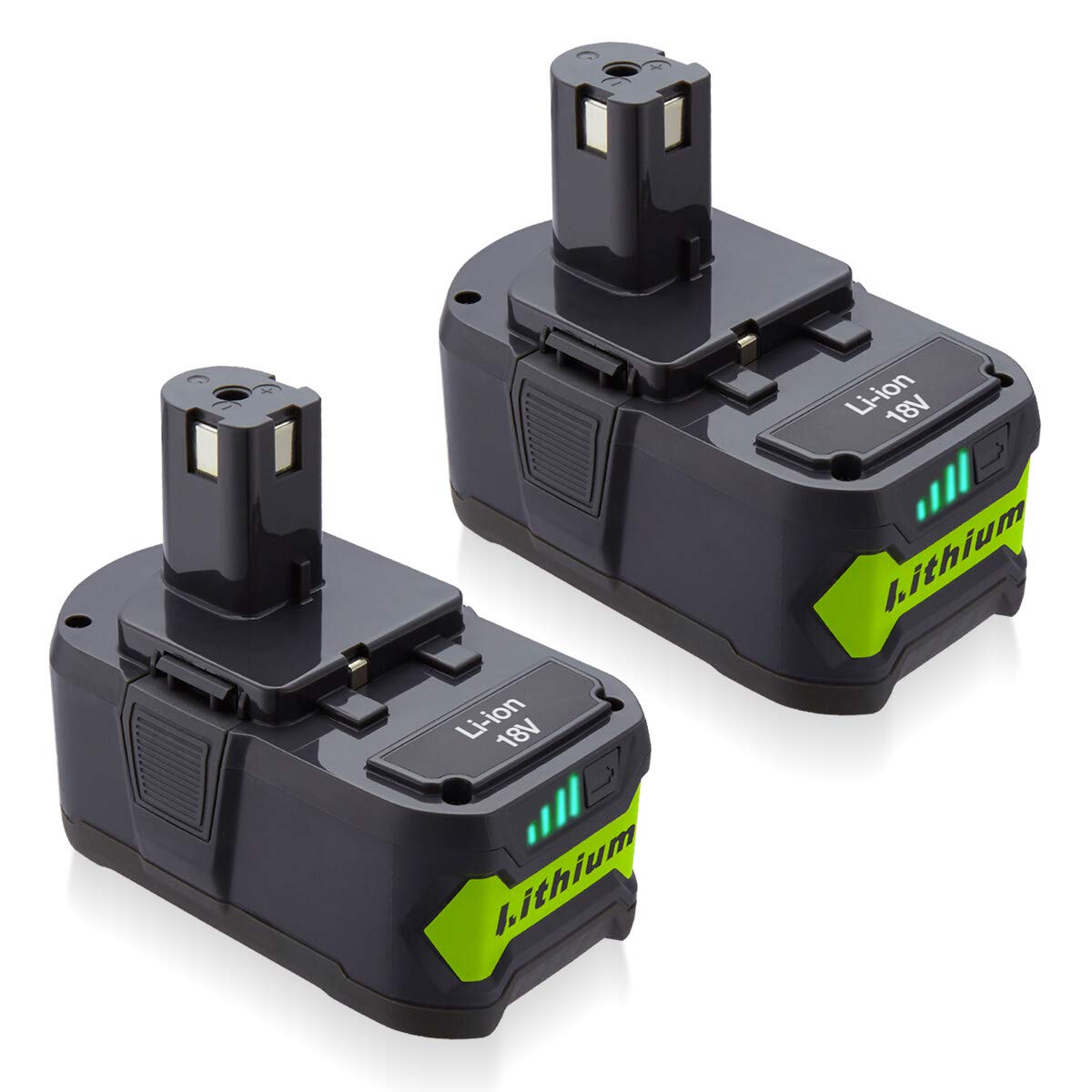
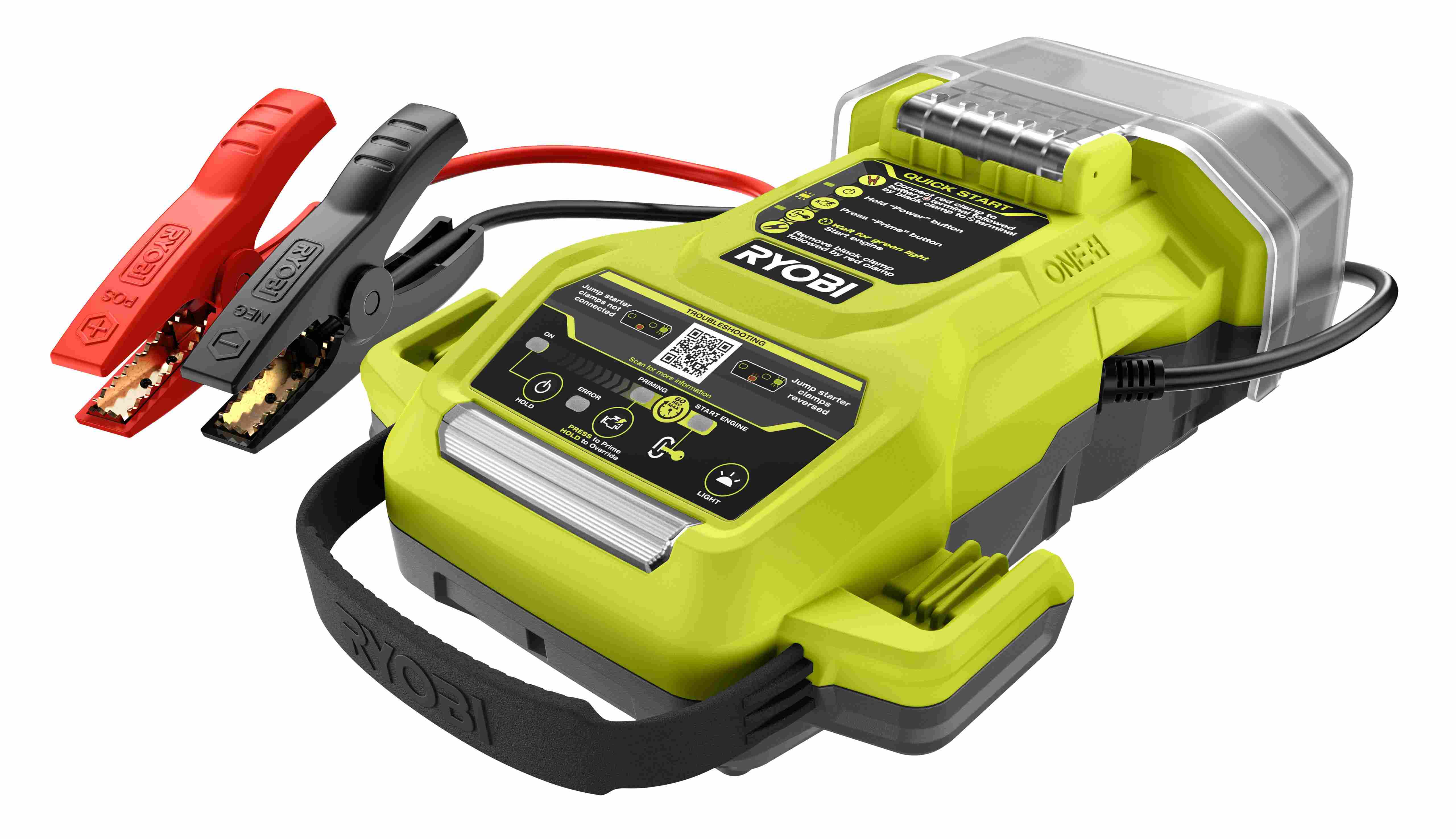

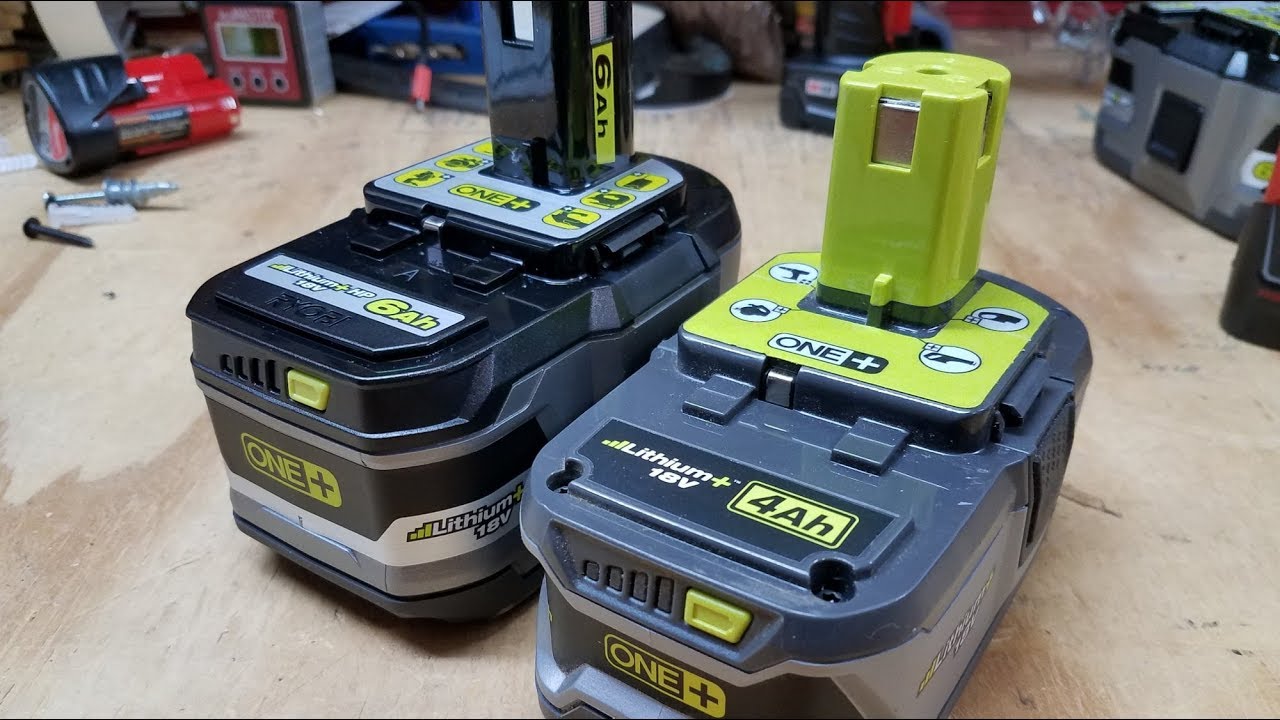
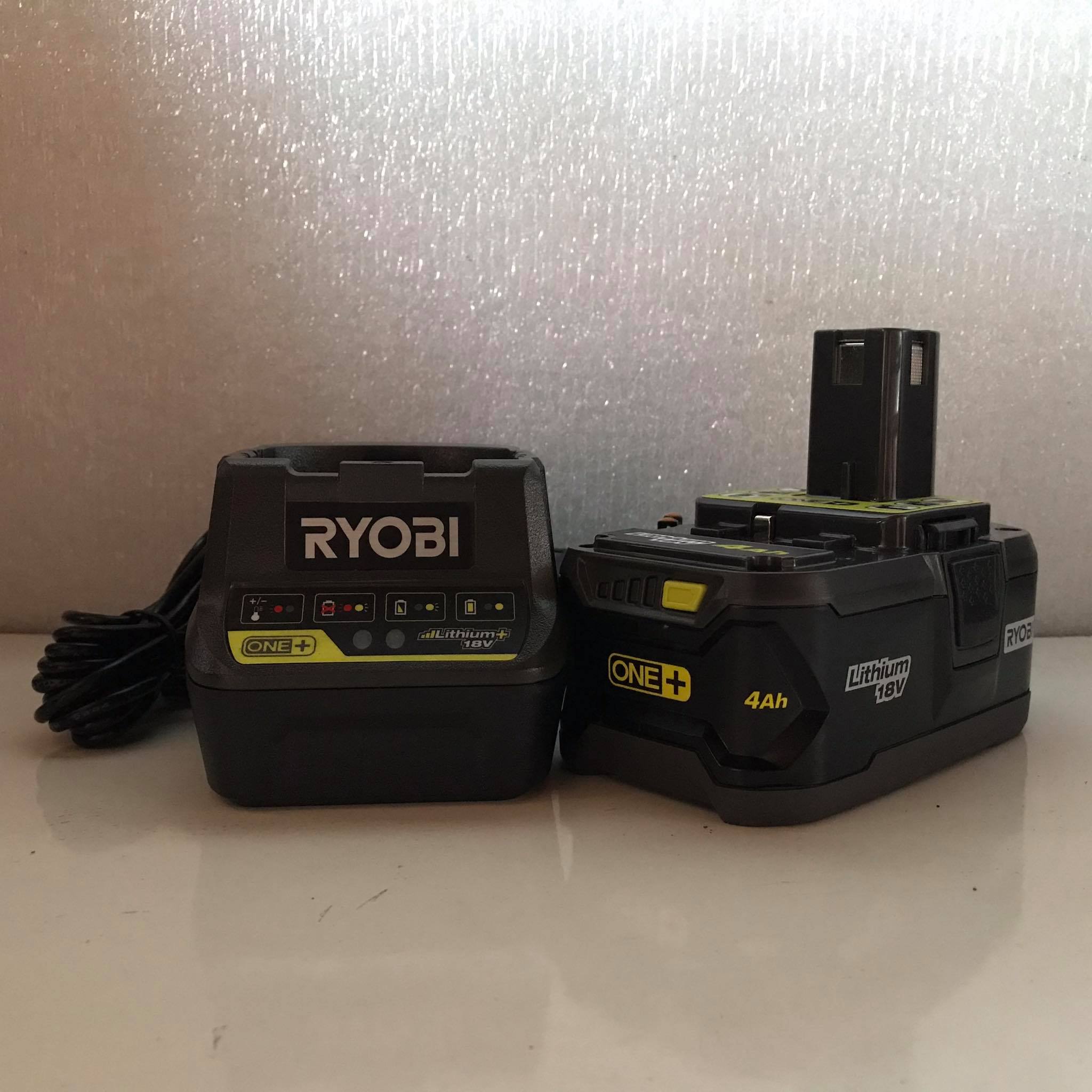
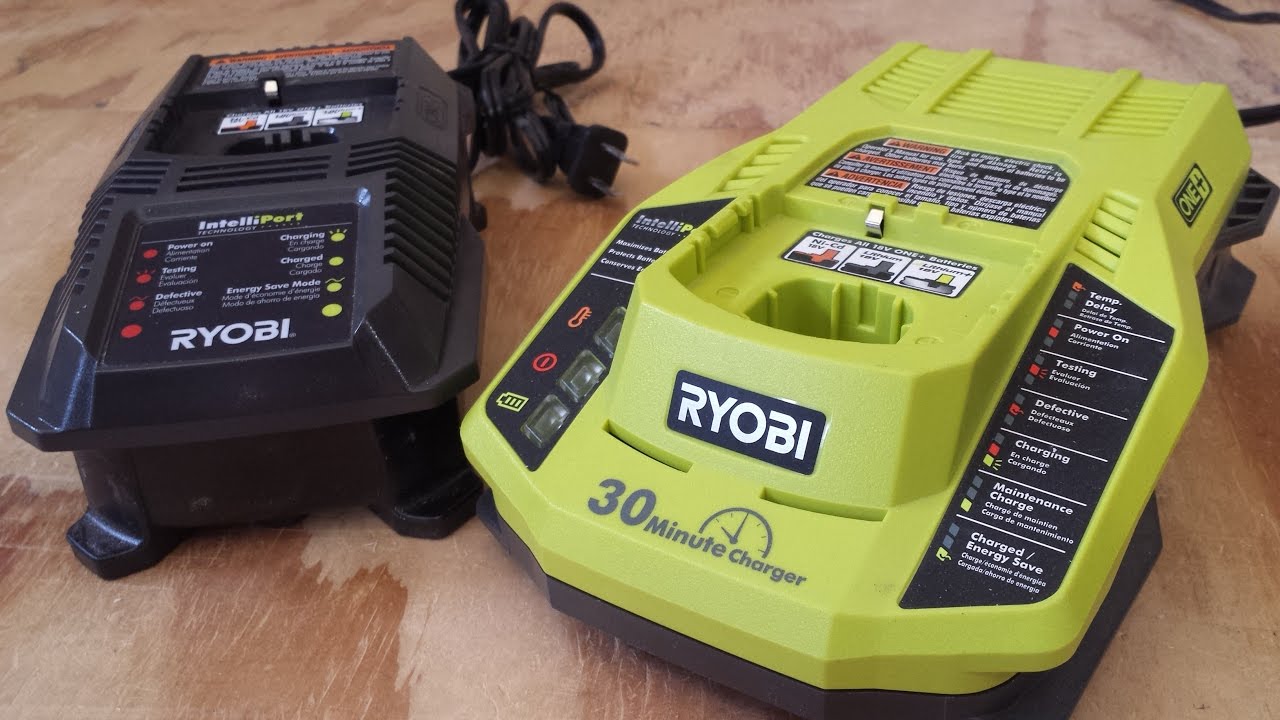
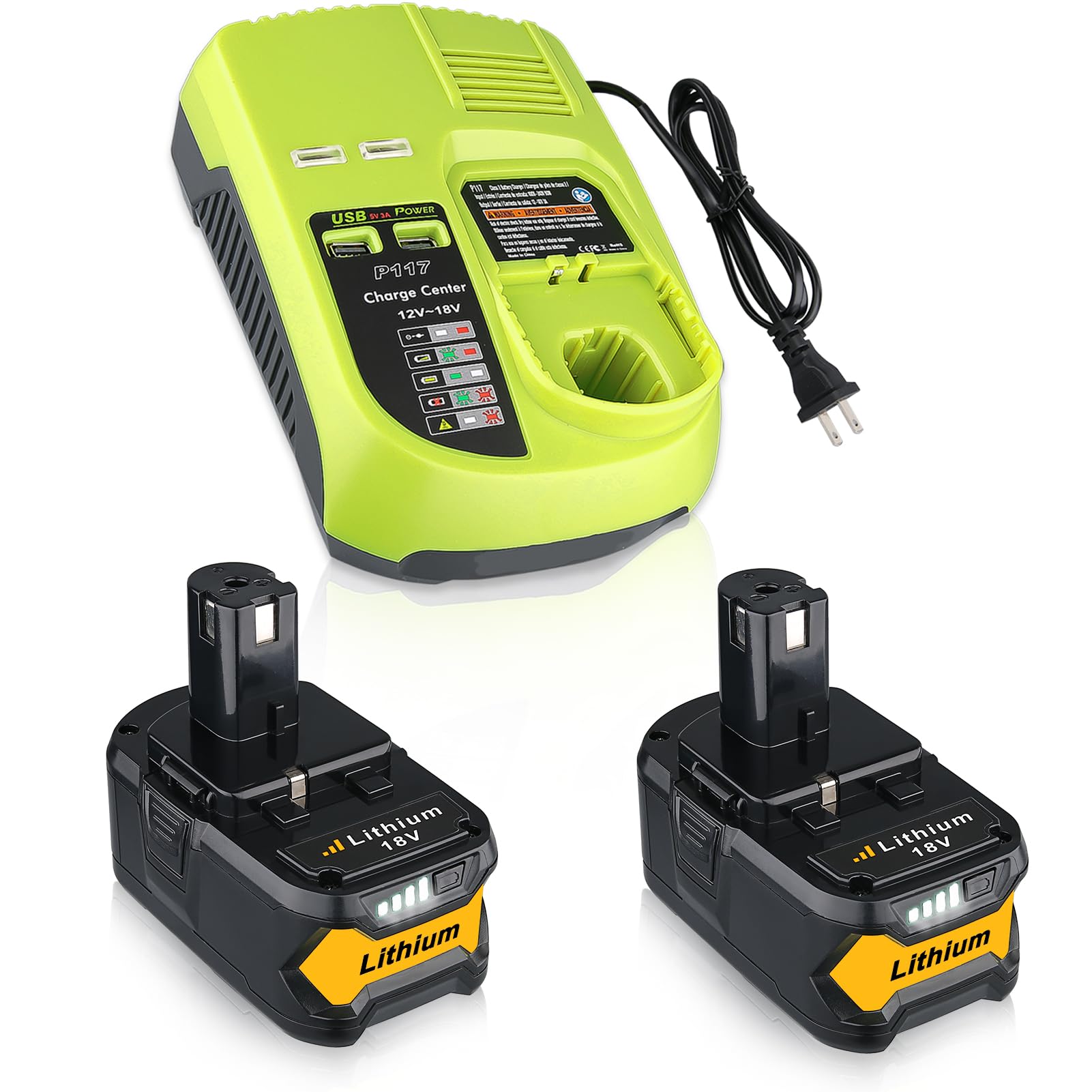
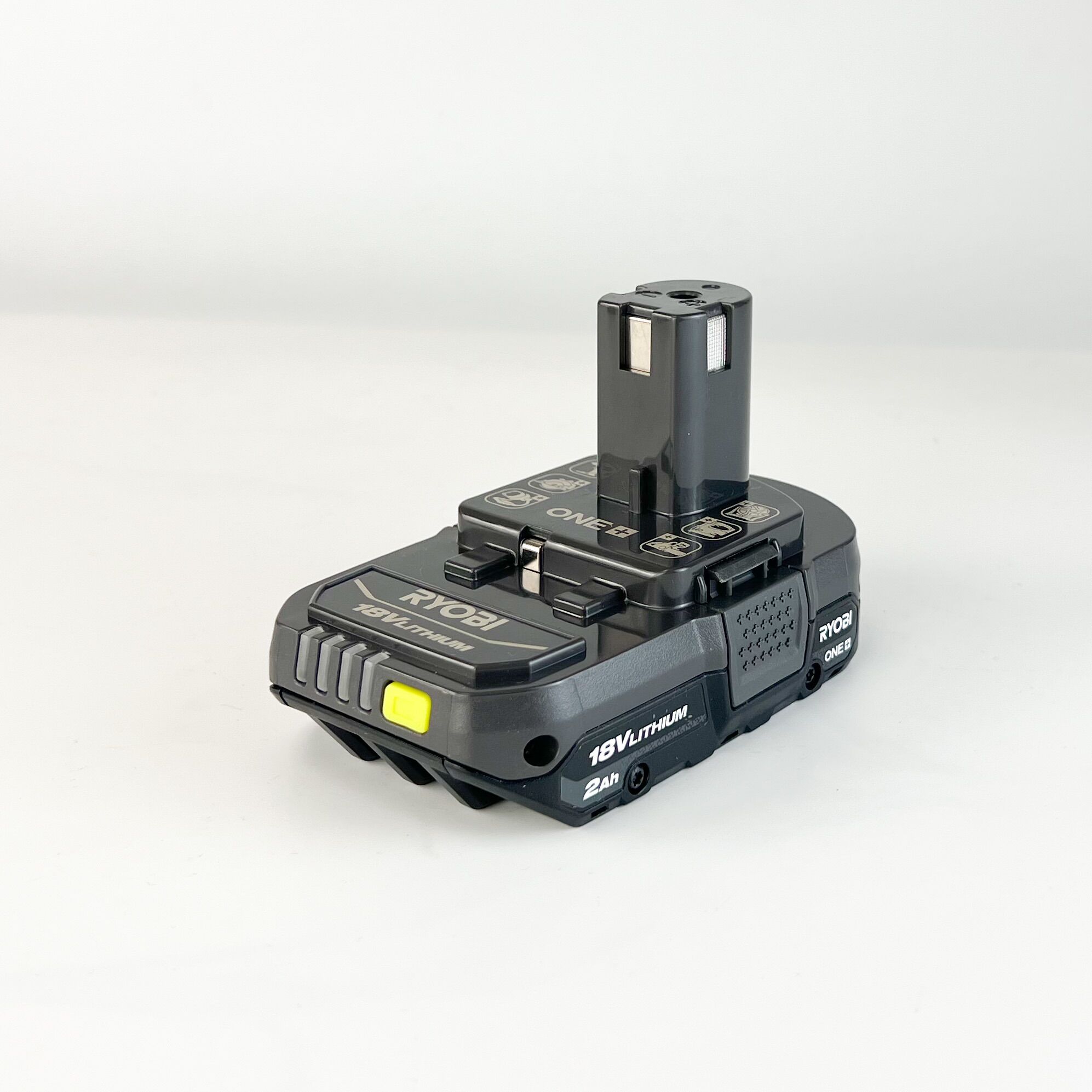
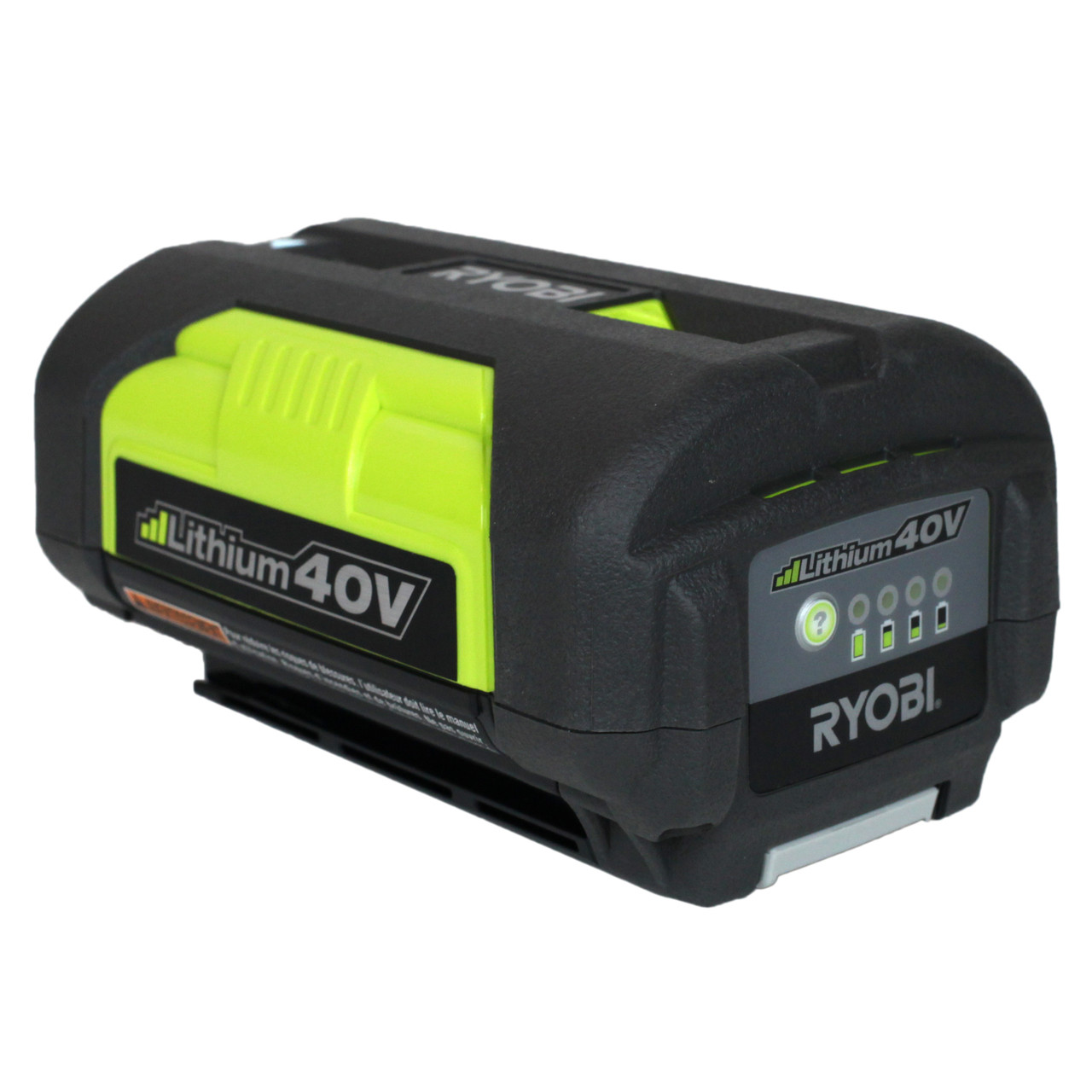

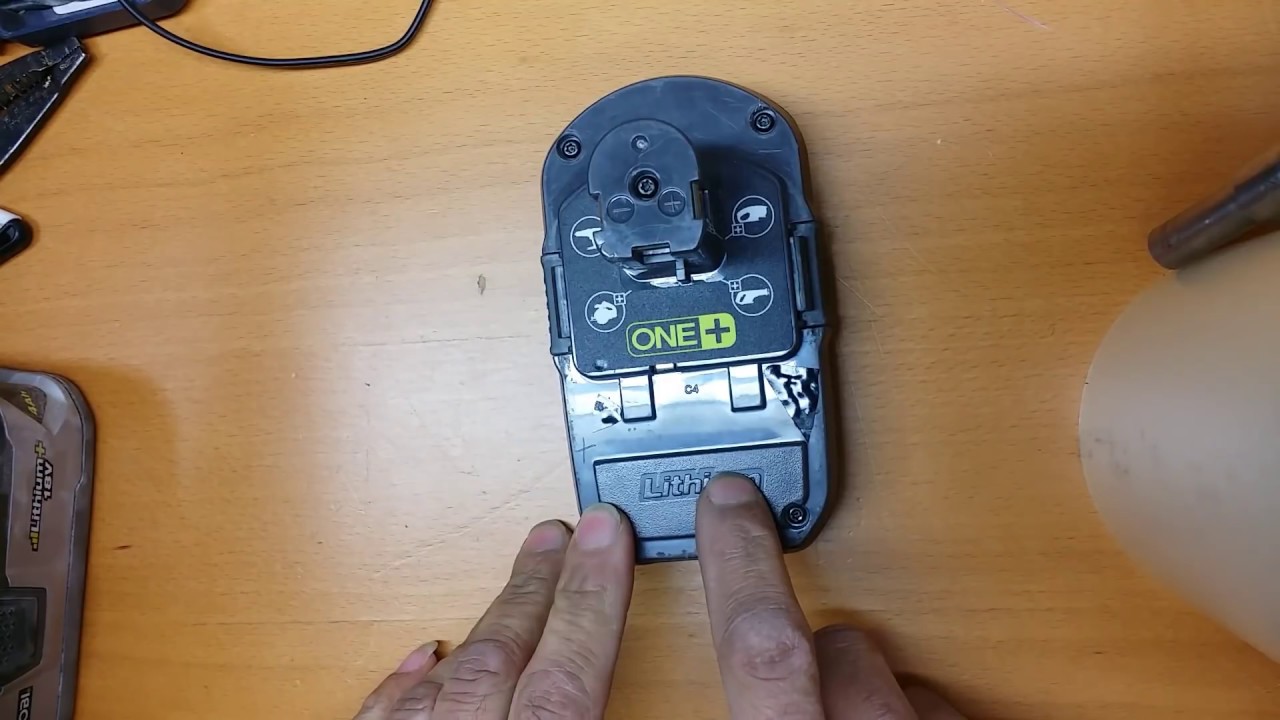
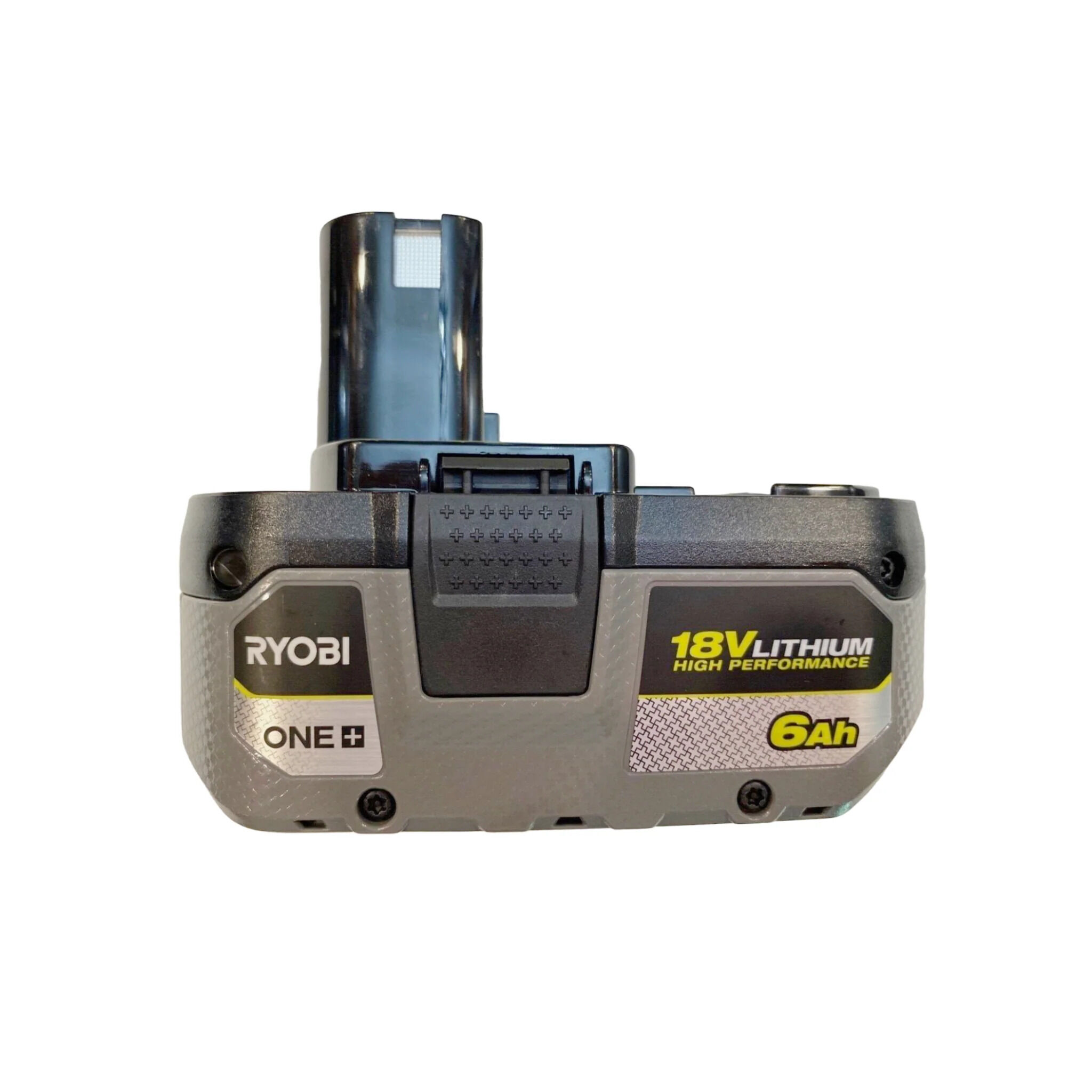
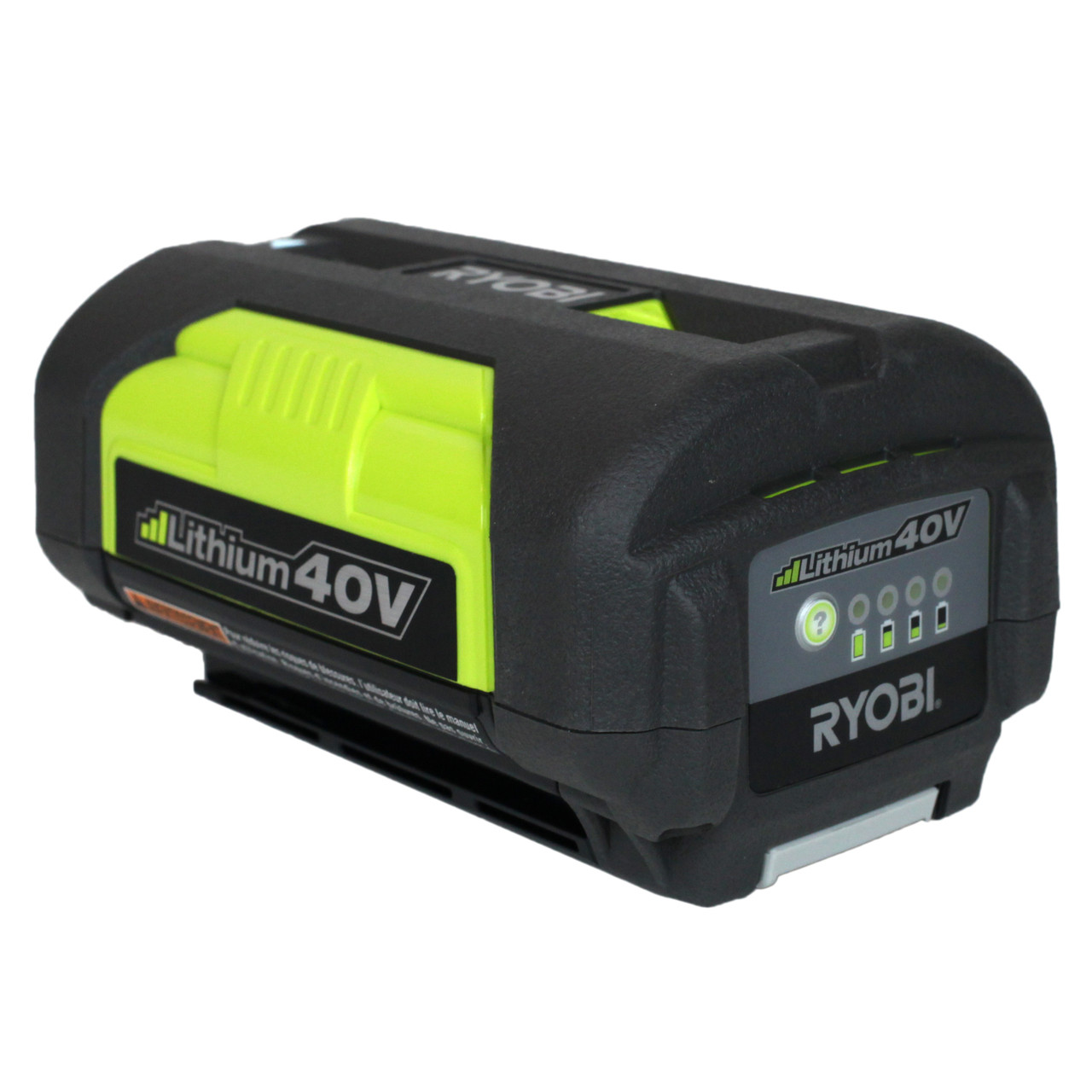

0 thoughts on “How To Store Ryobi Batteries”